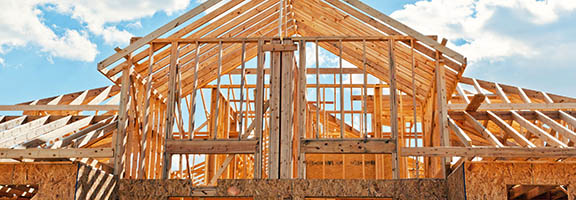
Age Waves Rising
Guess what? The aging Baby Boom is not exclusively a 'Smile States' phenomenon.
By John McManus
This morning's U.S. Census population clock ticked along about 325.3 million people, with a net new one added just about every count of 10.
Meanwhile--not unnoticed, of course--our population has gotten older. Despite all the noise about Millennials being the nation's largest population of adults, the median age for all-age Americans has gone up from 35.3 years in April 2000, to 37.9 years in July 2016, a 7% increase in the median age in 16 years.
Among those 65 and older, the population grew by 14.2 million people, a spike of 40.5%, during a time-span where the population as a whole grew by 4.5%. According to the Census, the dispersion and diffusion of our aging population is everywhere:
Every state experienced either an increase or had the same median age as a year earlier. At 44.6 years, the median age in Maine is the highest in the nation. New Hampshire’s median age of 43.0 years is the next highest, followed by Vermont at 42.7 years. Utah had the lowest median age (30.8 years), followed by Alaska (33.9 years) and the District of Columbia (33.9 years).
Two-thirds (66.7 percent) of the nation’s counties experienced an increase in median age last year. In 2016, two counties had median ages over 60: Sumter, Fla. (67.1 years), and Catron, N.M. (60.5 years).
Between 2000 and 2016, 95.2 percent of all counties experienced increases in median age, which can be seen in the graphic.
Sumter, Fla., home to a large retirement community, was the county with the highest median age, and it also showed the highest median age increase. Sumter’s median age jumped from 49.2 years in 2000 to 67.1 years in 2016, an increase of 17.9 years. Noble, Ohio, is a small county in the southeastern part of the state. It has experienced net outmigration and deaths nearly equal births. Noble’s 2016 median age of 51.5 years is 16 years higher than what it was in 2000 (35.5 years). Since 2000, 56 counties showed a median age increase of 10 years or more.
What do these numbers tell us?
Well, for home building and development, it may help to see data sets that indicate clearly that opportunity in the 55+ category is not limited to America's "Smile State" geographies, and this is likely to be ever more the case as Baby Boom generation folks reach retirement and choose to stay in closer proximity to children and grandchildren.
The "age wave" may certainly strengthen demand for 55+ community development in warmer climes that boast lower costs to maintain a lifestyle. But, what the data here shows is that remodelers and new home builders and developers in most markets should incorporate 55+ appeal, engineering, and design, and perhaps explore multigenerational floor plans as well.
Trulia analyst Felipe Chacon notes:
America is Getting Grayer: Not a single metro saw an increase in the proportion of people under the age 20 between 2015 and 2016, only five saw an increase or had an unchanged proportion of 25 to 64 year olds. All saw an increase in the share of their population 65 years of age or more and nationally, that share went from 14.9% to 15.2%.
We've seen the emergence of "carefree living"--modestly priced Freedom Homes from D.R. Horton and Dan Ryan Builders' Elevate line, for example--and our own partner Taylor Morrison's NEXTadventure Home, featuring elegance within reach, an active lifestyle promise without all the social engineering retirement communities were known for.
Attainability, accessibility, and the promise of a more turnkey lifestyle continue to hold out promise for remodelers, builders, and architects whose focus is on how people want to live in their homes as they get older.
As the data shows, that promise is not limited to where the "sun keeps shining through the pouring rain, going where the weather suits my clothes."
This article was originally published by Builder on June 23, 2017.

